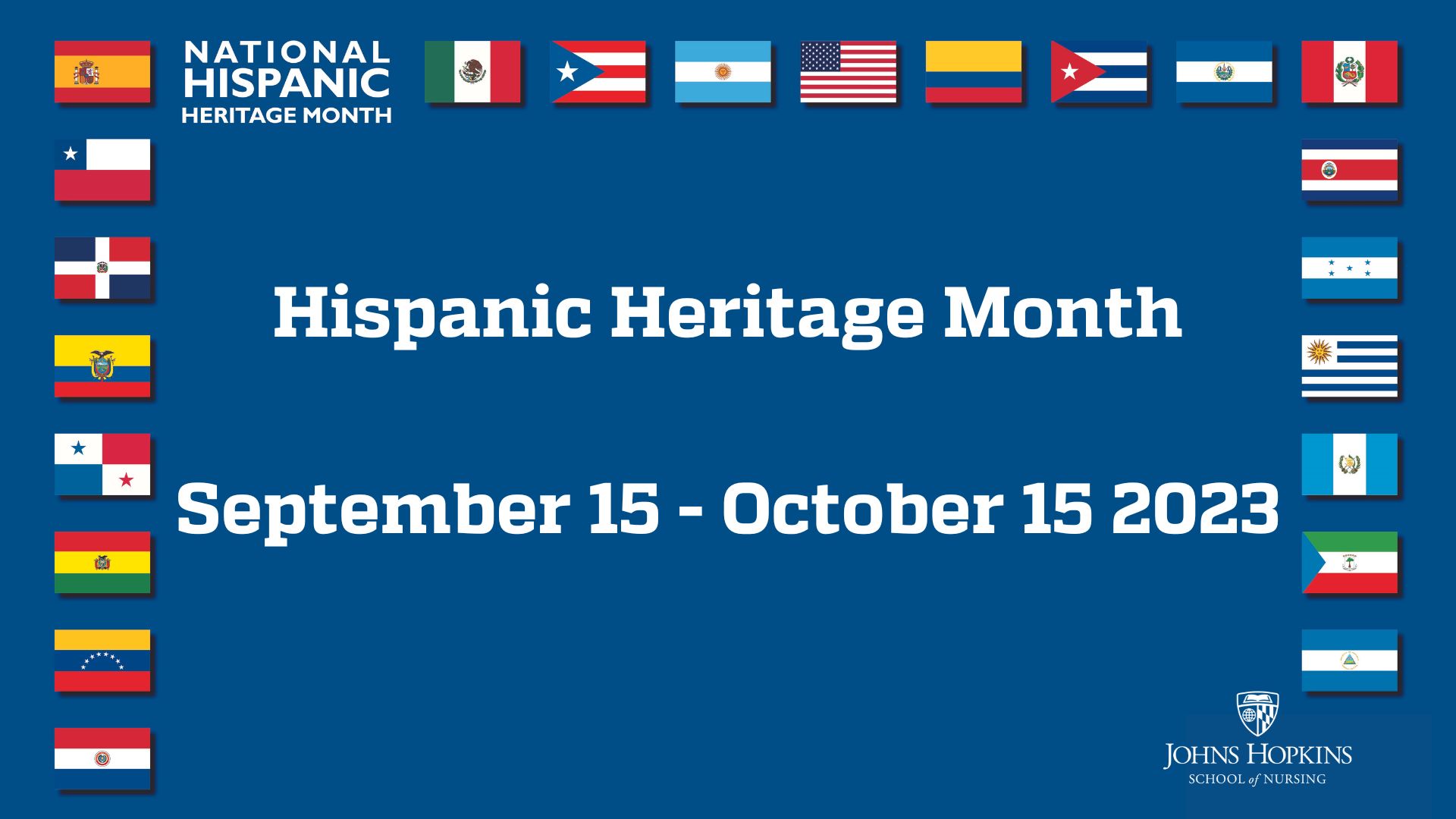By Lester Davis
With grants from the Dorothy Evans Lyne Fund, Hopkins nurses–from the hospital and the school–are partnering on research to improve patient care
Valid and Reliable? Nurses Assess the Johns Hopkins Fall Risk Tool
You may think that nurses at The Johns Hopkins Hospital are a bit overzealous in their devotion to studying and preventing inpatient falls. Then again, if you know that falls are the sixth leading cause of injury and death among inpatients, you might admire their spirit of inquiry and determination.
 Hopkins nurses first developed a tool to assess and prevent patient falls back in 2003, said Patricia Dawson, MSN, RN, who helps coordinate the fall risk program. Today, it is used in all adult inpatient units at Johns Hopkins and has been embraced by more than 50 other hospitals in the U.S. and around the globe.
Hopkins nurses first developed a tool to assess and prevent patient falls back in 2003, said Patricia Dawson, MSN, RN, who helps coordinate the fall risk program. Today, it is used in all adult inpatient units at Johns Hopkins and has been embraced by more than 50 other hospitals in the U.S. and around the globe.
Because the tool has been adopted by so many clinicians, the Hopkins nurses decided to make sure the tool was measuring what it was designed to measure–fall risk. This required a rigorous study, so the nurses applied for a grant from the Dorothy Evans Lyne (DEL) Fund to test its reliability and validity. Like all research funded by DEL, the fall risk study is being conducted jointly between a team of nurses from the hospital and Johns Hopkins University School of Nursing.
Members include Stephanie Poe, MScN, RN, assistant director of nursing of clinical quality and informatics; Patty Dawson, MSN, RN, coordinator for Magnet and quality; Maria Cvach, MSN, RN, assistant director of nursing clinical standards; Margie Burnett, BSN, RN, NCIII; Linda Costa, PhD, RN, nurse researcher; and Elizabeth Hill, PhD, RN, Assistant Professor at the school of nursing.
“The school of nursing has really reached out to the hospital to help them with real life issues that the nurses are faced with on a daily basis,” said Cvach, assistant director of nursing and clinical standards for Central Nursing Administration. “They’re not just teaching the students to do research. The school of nursing is interested in solving some real life issues that we face at the hospital.”
In the summer and fall of 2009, nurses at Hopkins have been gathering information on more than 1,600 inpatients. Within two hours of admission, adult inpatients are assessed by a nurse, who looks at factors such as age, type of medication, and use of cumbersome hospital equipment (like an IV pole) that might increase the risk of a patient fall. Each patient in the study receives at least four assessments, which are then compiled by a researcher.
It’s too early to glean any information from the data that have been collected so far, says Cvach, but when the study is completed next summer, nurses may have a proven tool to help these at-risk patients.
Teach-back to Reduce Readmission
With little follow-up or guidance after hospital discharge, it’s no wonder that the 30-day readmission rate for U.S. heart failure patients hovers around 25 percent.
To keep heart failure patients out of the hospital, nurses at The Johns Hopkins Hospital knew that patients must be given the right information–in a way they could understand and remember it.
 As part of a DEL-funded pilot, nurses launched the so-called “teach-back” method to improve care transitions. Team members from The Johns Hopkins Hospital were JoAnn Ioannou, MSN, MBA, RN, assistant director of medical nursing; Stacey Rotman, MSN, RN, heart failure care coordinator; Kelly Caslin, RN, nurse manager; and Karen Davis, MSN, RN, director of medical nursing. The principal investigator, Cheryl Dennison, PhD, ANP, and Jerilyn Allen, ScD, RN, joined the team from the School of Nursing, and Stuart Russell, MD, associate professor at the School of Medicine was also on board.
As part of a DEL-funded pilot, nurses launched the so-called “teach-back” method to improve care transitions. Team members from The Johns Hopkins Hospital were JoAnn Ioannou, MSN, MBA, RN, assistant director of medical nursing; Stacey Rotman, MSN, RN, heart failure care coordinator; Kelly Caslin, RN, nurse manager; and Karen Davis, MSN, RN, director of medical nursing. The principal investigator, Cheryl Dennison, PhD, ANP, and Jerilyn Allen, ScD, RN, joined the team from the School of Nursing, and Stuart Russell, MD, associate professor at the School of Medicine was also on board.
Teach-back starts in the hospital, when a nurse explains disease management, such as signs and symptoms, nutrition, medications and appointments. The patient repeats the information (“teaching back”) to the nurse, which gives them a chance to clear up any confusion.
Within five days of discharge, a nurse calls the patient at home to check in and assess the retention of the lesson. Two weeks later in the clinic, the patient will again go over the disease information.
“We want to reduce readmission rates, and we want to improve quality of life for patients,” said Ioannou. A patient who understands and is engaged in his care, Ioannou adds, can better manage the disease.
Although they have seen a “significant difference in readmissions,” Ioannou said it’s too early to tell if it’s directly related to the teach-back program.
The initial pilot, which ran from January to May 2009, included 157 patients for a total of 225 admissions. About half of those admissions received call-backs or clinic visits, and of those, just 10 percent were readmitted within 30 days of discharge, according to Ioannou’s data.
The Dorothy Evans Lyne Fund
The DEL fund supports pilot studies conducted by teams of nurses from The Johns Hopkins Hospital and Johns Hopkins University School of Nursing. Each study is designed to improve patient care and outcomes, provide evidence to validate clinical practice, or examine the effectiveness of clinical care delivery systems.
The fund was established in 2001 by June R. Elliott, a grateful Hopkins patient, in honor of her long-time friend and Hopkins nursing alumna, Dorothy Evans Lyne ’59.
 No. 1 Rankings for the School of Nursing and a Pipeline to the “Best Jobs”
No. 1 Rankings for the School of Nursing and a Pipeline to the “Best Jobs” Best of On The Pulse 2023
Best of On The Pulse 2023 Dr. Bonnielin Swenor, Inaugural Endowed Professor of Disability Health and Justice
Dr. Bonnielin Swenor, Inaugural Endowed Professor of Disability Health and Justice Celebrate National Hispanic Heritage Month
Celebrate National Hispanic Heritage Month Nurses Educational Funds (NEF) Awards Scholarships to Six JHU School of Nursing Doctoral Students
Nurses Educational Funds (NEF) Awards Scholarships to Six JHU School of Nursing Doctoral Students






